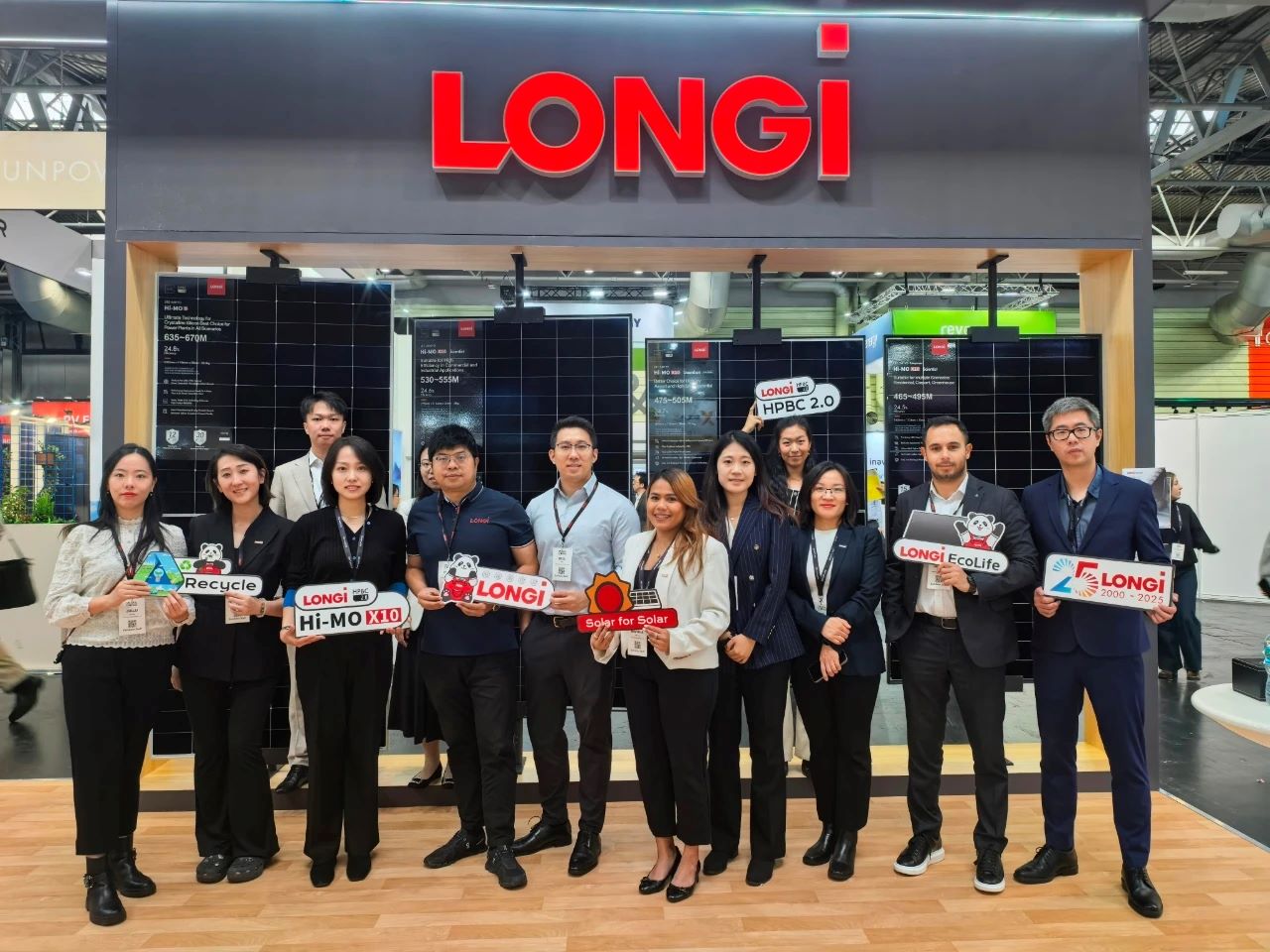Chao Jia at GBB25: “LONGi’s success is rooted in the mindset and discipline of true entrepreneurship”
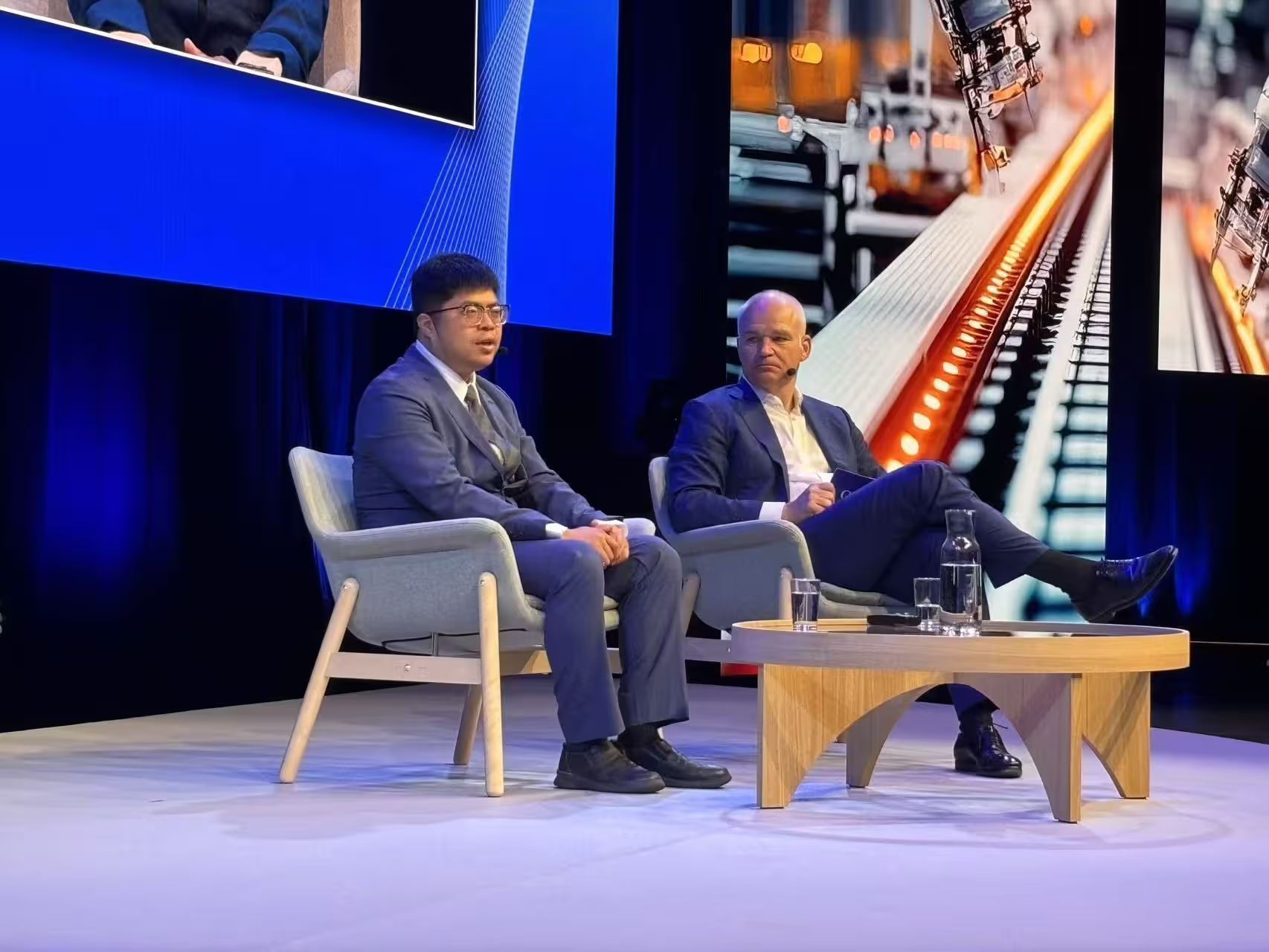
Date
June 27, 2025
read time
4
Minutes
Subscribe to the LONGi Newsletter
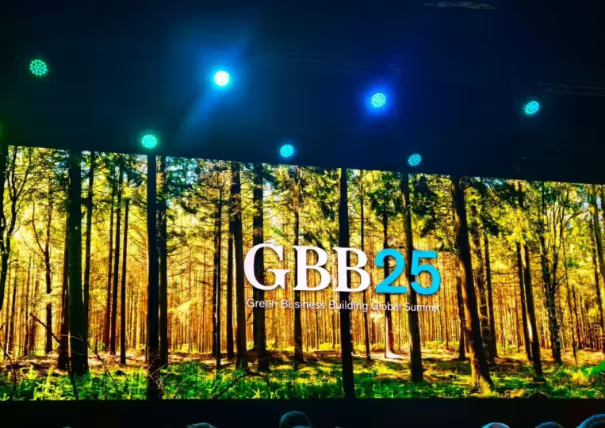
It was a crisp, clear morning on the Stockholm archipelago as guests made their way to Artipelag, a striking art and conference venue nestled among pine forests and granite cliffs on the island of Värmdö. Artipelag set the tone for the Green Business Building Global Summit 2025. Hosted by McKinsey & Company, the summit brought together global leaders from climate tech, manufacturing, finance, and policy to tackle one pressing challenge: how to accelerate the scale-up of green business models in a world that cannot wait.
With innovation, execution, and collaboration at the heart of the agenda, the day opened with a keynote by Chao Jia, President of LONGi DG Europe, who set the tone with insights into how LONGi evolved from a local Chinese manufacturer into a global leader in solar technology. He shared how LONGi’s approach to technology, scale, and innovation has been anything but conventional. “We grew by making tough decisions at the right time, even when they seemed counterintuitive,” he told the audience, adding that LONGi’s success is rooted in the mindset and discipline of true entrepreneurship: “We dared when others didn’t while building a culture of innovation.”
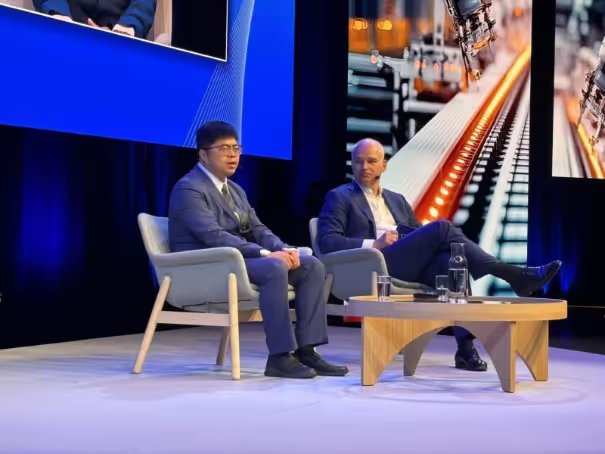
A bold turn when the industry stayed cautious
The turning point came in the early 2010s. While the solar industry overwhelmingly backed polycrystalline technology, LONGi placed its bet on monocrystalline silicon out of technological conviction. At the time, this was a risky choice. Producing monocrystalline cells was complex and expensive, and few believed it could ever compete on cost.
But LONGi’s leadership believed otherwise. The company committed major resources to refining monocrystalline production, aiming to drive down costs and improve efficiency. Between 2011 and 2014, they succeeded in cutting the cost of monocrystalline wafers by 75 percent. A major breakthrough came with the implementation of the RCz (Recharged Czochralski) method. It was used for growing silicon ingots in solar cell manufacturing and poses an advancement of the traditional Czochralski (Cz) process, allowing for multiple ingots to be pulled from a single crucible with melt replenishment in between. This process offers several advantages, including cost reduction and increased production throughput. At LONGi, it reduced slicing costs by nearly 29 percent and increased production efficiency.
Jia noted: “At the time, polycrystalline still held over 80 percent of the market. But by 2023, that number had dropped to under 2 percent. The industry had changed course, and LONGi’s early decision was validated.”
Scaling before demand catches up
LONGi’s growth was not just the result of technological foresight. The company took an aggressive approach to capacity expansion, often building manufacturing capabilities ahead of demand. This move was not without risk. It required confidence in market growth and the ability to handle significant upfront investment. But it also meant that when the global appetite for solar surged, LONGi was ready.
At the same time, the company adopted a strategy of full vertical integration. Instead of relying on external suppliers, LONGi invested in every stage of production, from silicon wafers to finished modules and even emerging sectors like green hydrogen. This gave the company greater control over quality, allowed for faster innovation, and insulated its operations from supply chain volatility.

Innovation as a company-wide discipline
Jia emphasized that LONGi’s leadership is grounded in a culture that treats research and development not as a supporting function but as the company’s foundation. This culture stems from the company's origins. Its founders are scientists, and that scientific rigor still guides the company’s direction today.
LONGi now invests a significant portion of its revenue into R&D, often more than its top five competitors combined. This commitment has led to breakthroughs in efficiency and reliability. Since 2021, LONGi has set 21 new records in solar cell efficiency. Many of these advances are already in commercial use.
One notable achievement has been the launch of the EcoLife Series for the residential market in May, which features modules powered by HIBC (Hybrid Interdigitated Back Contact) cells, a combination of HJT (Heterojunction) and BC (Back Contact) technologies. LONGi was the first company to commercialize HIBC and in June it announced a breakthrough in module efficiency and power density by launching a 700-watt module of standard size.
Technology that changes the economics of solar
Efficiency is not just about performance in the lab. It directly impacts how much electricity solar systems produce and how much they cost to build. Jia highlighted that new solar technologies like Back Contact modules are playing a significant role in driving down the levelized cost of electricity (LCOE).
In real-world applications, the difference is substantial. With back contact modules, land use can be reduced by around 18 percent, as their higher efficiency delivers more power per square meter. Balance of system (BOS) costs, which include inverters, mounting structures, cabling, and labor, can be cut by up to 17 percent, since fewer modules are needed to reach the same output. Jia also cited a White Paper on Back Contact Technology that LONGi recently published jointly with industry peers according to which BC modules offer clear economic advantages across the entire project lifecycle. Based on multi-scenario modeling, the use of BC technology can reduce the levelized cost of electricity by 4 to 5 percent compared to mainstream alternatives like TOPCon. The benefits are even more pronounced in markets with higher construction or O&M costs, or in regions with elevated operating temperatures. Under identical LCOE conditions, BC modules show a value gain of 2.06 to 4.67 cents per watt in major global solar markets compared to TOPCon - well above the current price gap between BC and TOPCon products. “It’s a compelling case for investing in higher-efficiency modules that deliver long-term value,” Jia noted.
Staying ahead with process innovation
LONGi’s pivot to BC technology in 2022 was not just a bet on efficiency. It required overcoming major manufacturing challenges. To make BC viable for mass production and reliable, the company developed new processes and products from the ground up.
This included the TaiRay wafer, a proprietary advancement that improved mechanical strength by 16 percent and enhanced purity levels for better performance. They also introduced zero-busbar technology on the rear side of cells using intelligent soldering, which reduces shading losses and improves aesthetics.
At the Jiaxing manufacturing base, LONGi invested heavily in automation, AI and digitalization. The result has been a 43 percent improvement in product quality and reliability, an 84 percent reduction in production and delivery time, and a 20 percent decrease in energy consumption per unit produced. The Jiaxing site is now recognized as both a Lighthouse Factory and a Zero-Carbon Factory, a first for the global PV industry.
Speed and strategy with no shortcuts
When asked about how LONGi manages to execute innovation so quickly, Jia described the company’s approach as “strategic velocity.” Speed matters, but only when it is backed by technical depth and clear purpose.
A case in point: from the launch of its proprietary back contact technology HPBC 1.0 (Hi-MO 6) in late 2022, LONGi moved to HPBC 2.0 mass production with anticipated 50 GW capacity by the end of 2025 and achieved a jump in absolute efficiency by 1% in just two years. Simultaneously, it worked on making the manufacturing process more scalable and cost-effective.
This speed is possible because of LONGi’s integrated development cycle. Innovations in materials, such as the TaiRay wafer, flow directly into cell and module design, reducing the time from concept to product launch. And as BC shipments reached over 17 GW in 2024, the pace is matched by scale.
Suppliers as partners in innovation
Innovation at LONGi also extends beyond internal operations. The company has built a supplier ecosystem that supports and reinforces its sustainability and quality goals. This includes strict lifecycle management, performance evaluations, and risk monitoring systems. LONGi also works with suppliers to improve their own ESG performance, offering training and tools for carbon accounting and compliance.
“We see our suppliers as an integral part of our innovation strategy,” Jia Chao said. “By working closely with them on ESG goals and providing practical tools for improvement, we strengthen both our technology and our long-term sustainability impact.”
This approach ensures that LONGi’s supply chain does more than support operations. It becomes an active contributor to the company’s innovation strategy and environmental goals.
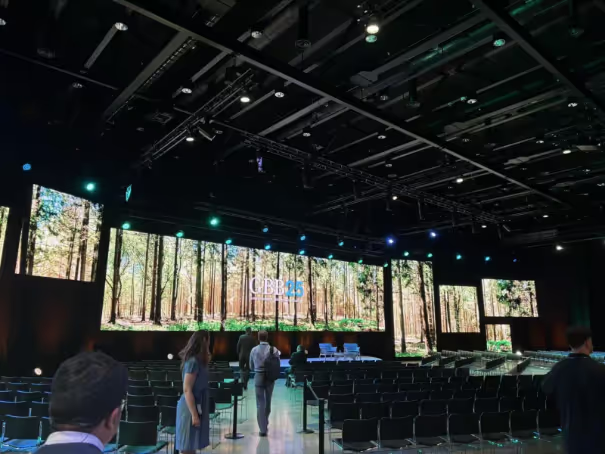
Silicon’s final stretch and the rise of tandem
While monocrystalline silicon continues to improve, Jia noted that its practical efficiency limit is about 29.4 percent. Laboratories are already nearing that threshold. LONGi’s own HIBC cell recently achieved 27.81 percent efficiency, and commercial modules have surpassed 25 percent.
Still, the next chapter will be defined by tandem solar cells. These multilayer technologies, often built on a foundation of advanced silicon like BC, have already achieved efficiencies well over 30 percent in labs and are moving toward commercialization.
For Jia and LONGi, the goal is clear. Continue scaling what works today while building the technologies that will define solar’s future. As he concluded, “Innovation is not a project or a product. It is the system we operate in, the culture we build, and the future we prepare for.”



